Everywhere but invisible
The work of Umberto Cavenago (who represented Italy at the São Paulo Biennial in 1996) in Montecchio may go completely unnoticed to the distracted eye. In vain you will look for monumental forms, obvious architecture or ostentatious epiphanies of this presence that, instead, has managed to insert itself into the urban context in a subtle, almost cerebral manner. The work is, in fact, everywhere, but almost invisible. The paved pavement of Montecchio is studded with octagonal bronze tiles. Their arrangement is not random, but responds to a determined pattern. This pattern forms a grid, a network at whose intersection points the Reliefs are placed. A kind of magnetic field is thus visualised, an invisible wide-meshed grid that imprisons a silent charge of energy. At those nodal points the town accumulates its strength. The sap of everyday stories and gestures...
Lorenzo Fusi
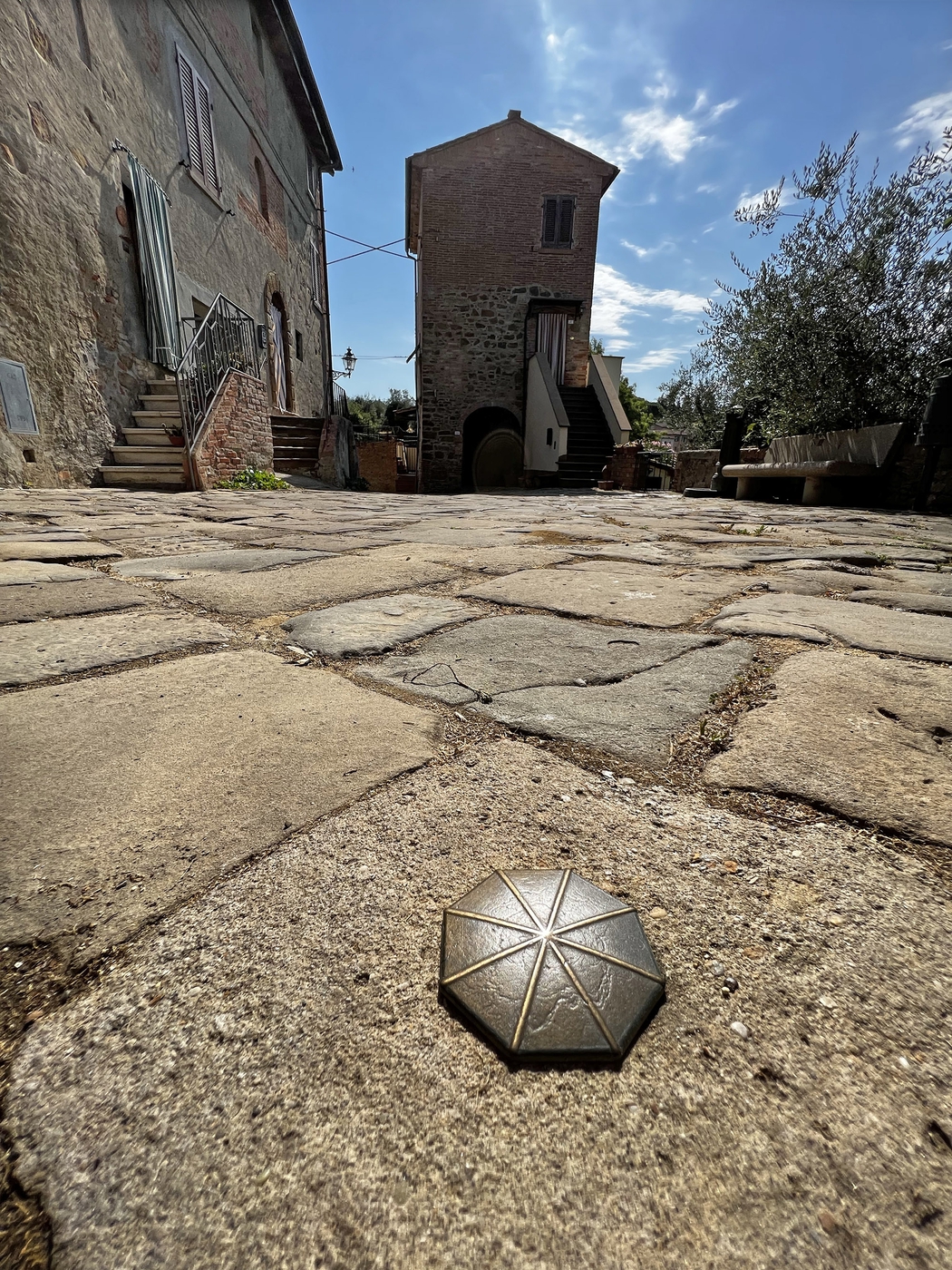
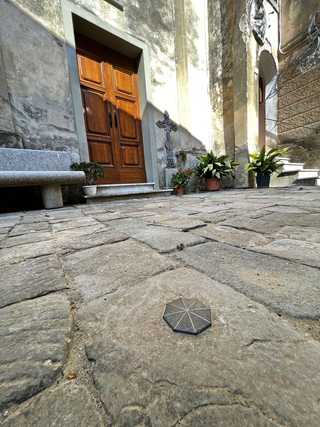
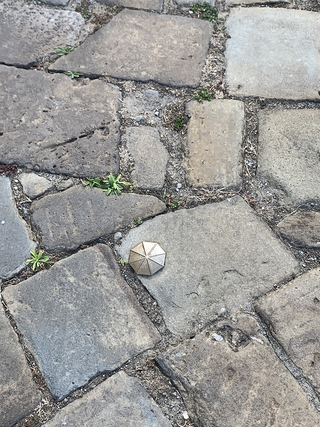
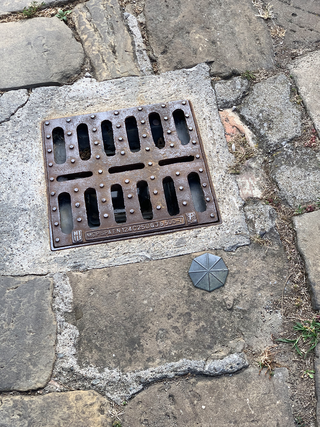
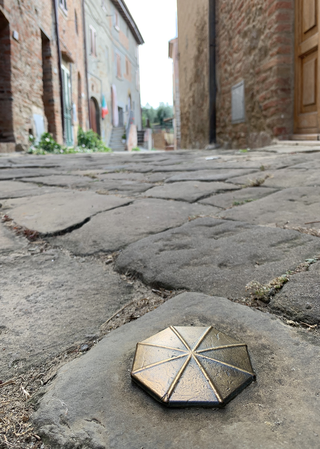
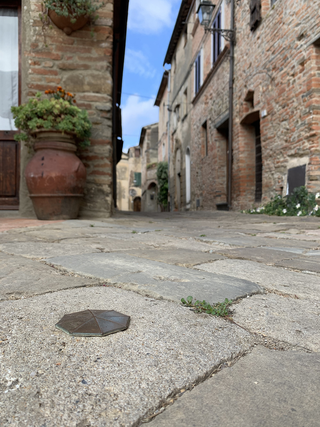
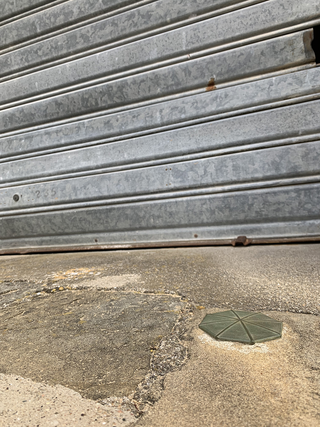
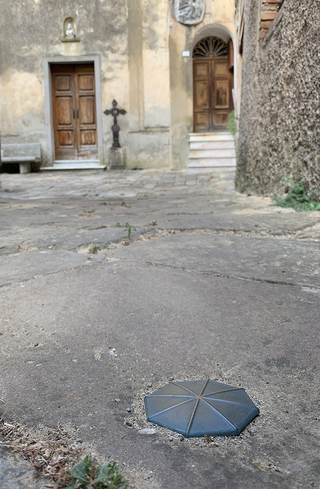
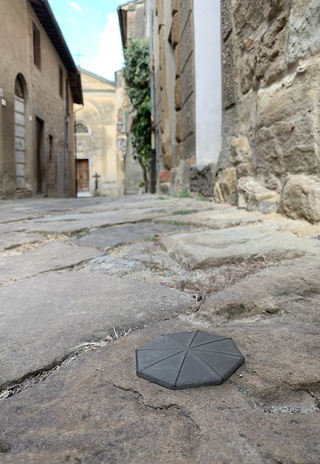
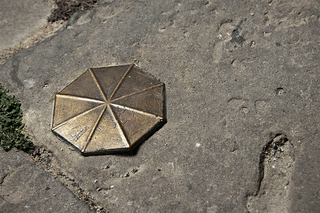
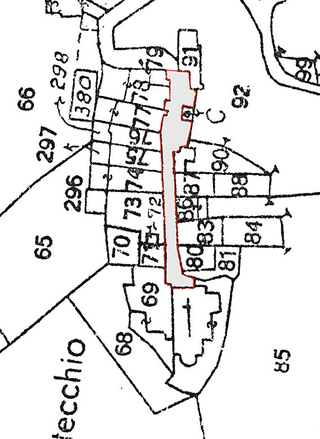
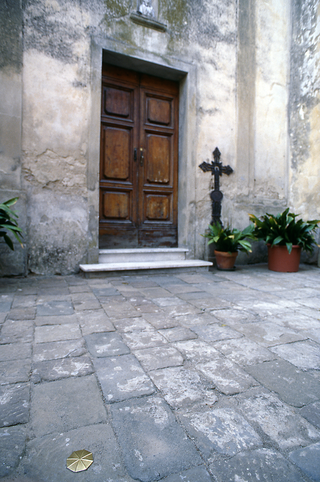
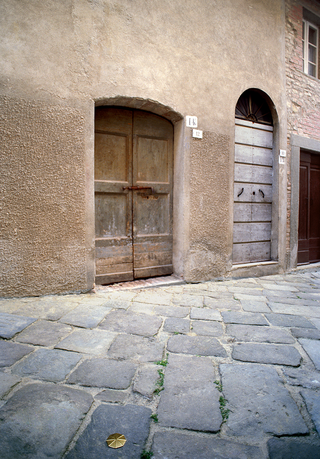
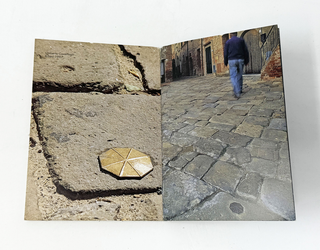
Social
Contatti
umberto@cavenago.info